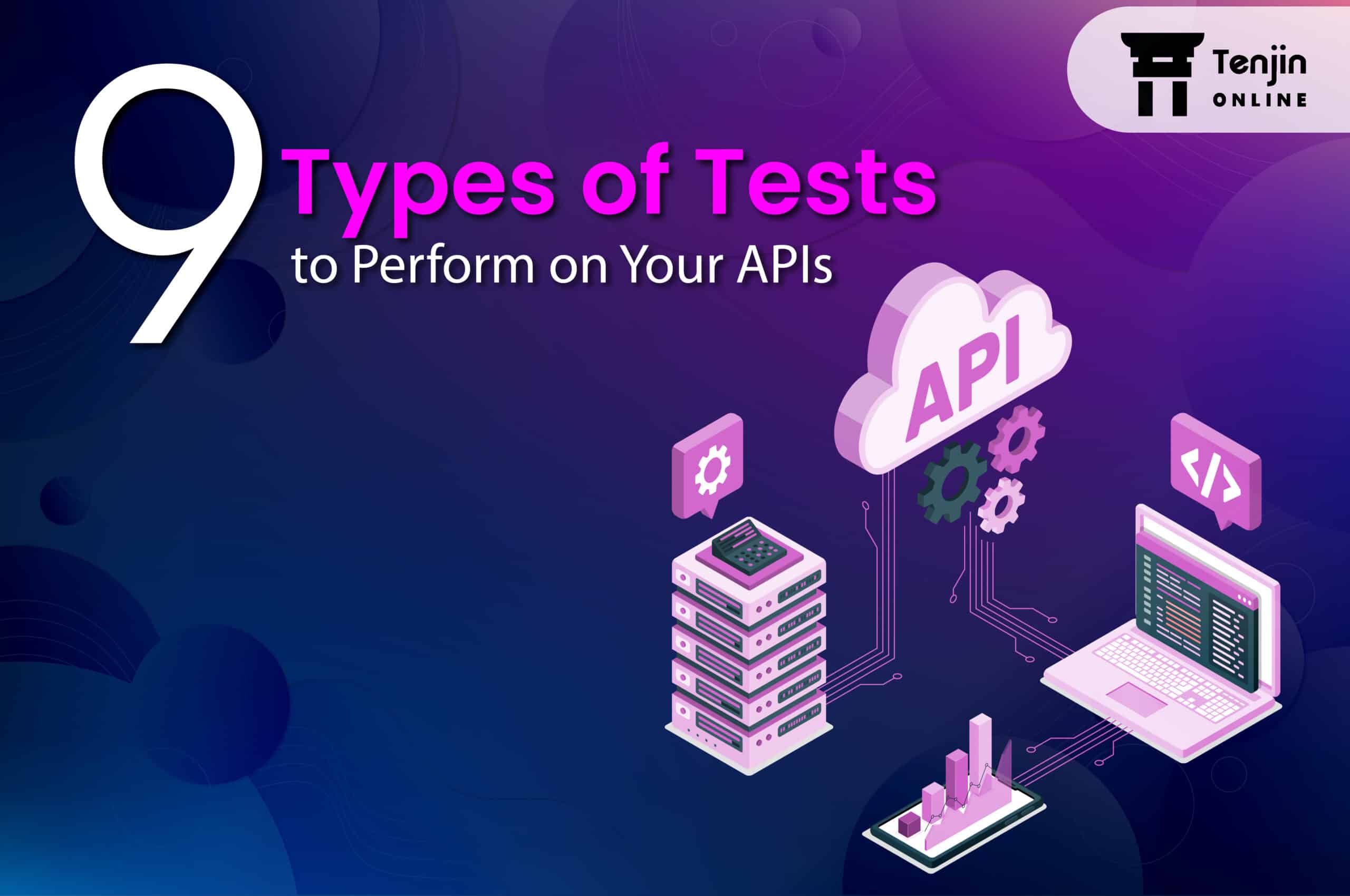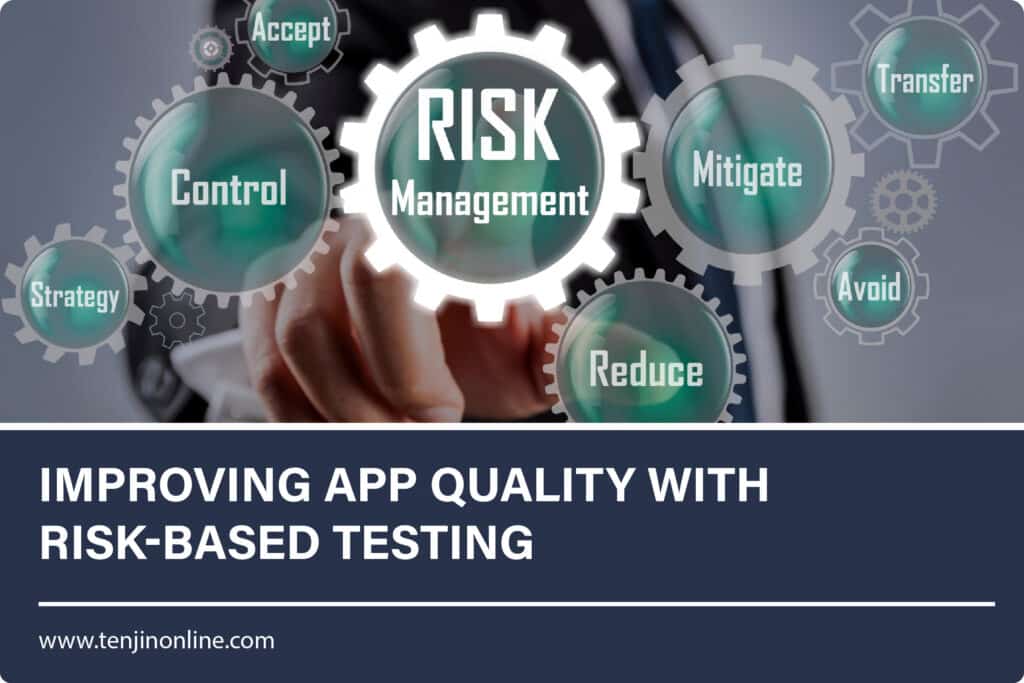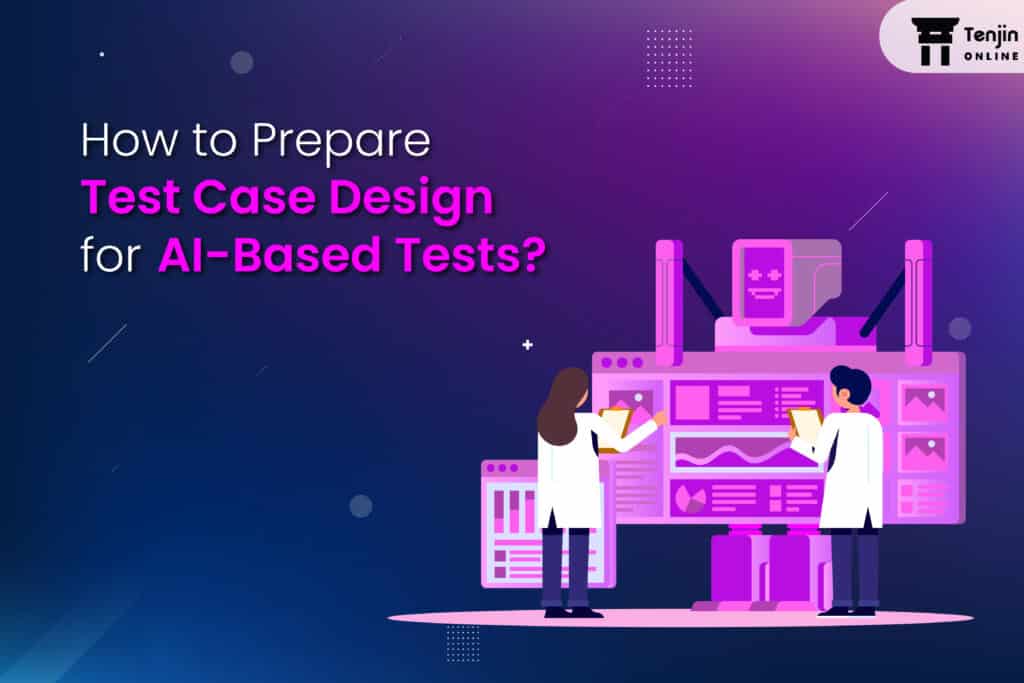
In today’s world, where technology is advancing at a rapid pace, APIs (Application Programming Interfaces) have become the backbone of software development. APIs allow different software components to communicate with each other, enabling the integration of different systems and services. However, to ensure the reliability and functionality of APIs, API testing has become an essential part of software testing.
API testing is the process of testing APIs to ensure that they are functioning correctly, meeting the specified requirements, and delivering the expected results. API testing helps in identifying issues such as incorrect responses, errors, and security vulnerabilities. It also ensures that APIs are compatible with other systems and services. Read more on APIs and the need to automate APIs in our previous articles; in this article, let’s understand the different tests that can be performed on APIs.
Types of Tests to Perform on APIs
APIs (Application Programming Interfaces) have become an integral part of software development, enabling communication between different software applications. With the increased usage of APIs, it has become crucial to ensure that they are reliable, efficient, and secure. One way to achieve this is by performing various types of tests on your APIs. Here, nine types of tests are listed that you should consider when testing your APIs.
Functional Testing
Functional testing of APIs involves testing the behavior of an API by sending requests to it and verifying the responses. API functional testing can be performed manually or using automated testing tools. In general, automated testing is preferred because it is more efficient and less error-prone than manual testing.
API functional testing is critical to ensure that APIs behave as expected and produce the correct output for a given input. The following steps can be carried out to ensure APIs are tested for functionality:
- Identifying test cases
- Setting up a test environment
- Sending requests to APIs to simulate required parameters for real-world usage
- Verifying the response received from the API and checking for its correctness, completeness, and consistency
- Reporting the identified bugs
Performance Testing
Performance testing is the process of evaluating the performance and behavior of an API under various load conditions. It involves simulating real-world scenarios and analyzing how the API responds to different requests, loads, and stress levels.
Performance testing is essential to ensure that APIs are reliable, scalable, and efficient. By following the best practices, you can effectively conduct performance testing on APIs and identify potential performance issues before they impact end users. Here are the points to consider for getting accurate and reliable results on performance testing on APIs:
- Defining performance goals
- Identifying test scenarios that simulate real-world usage of the API
- Choosing an efficient testing tool
- Setting up a test environment
- Creating test scripts
- Executing test scripts
- Analyzing test results
Load Testing
Load testing is a crucial part of API testing that helps determine the system’s behavior under a specific load. It involves simulating multiple users, requests, and data volumes to identify the maximum capacity of an API, how it responds to heavy traffic, and whether it can handle a high number of requests without breaking down. Load testing APIs can help ensure that the API is functioning correctly and performs optimally when the actual users start using it.
Here are some steps that can help in performing load testing on APIs:
- Identifying the Testing Objectives
- Designing Test Scenarios
- Choosing the Right Testing Tool
- Configuring Load Testing Tool
- Executing Load Testing
- Analyzing Results
- Optimizing the API
Security Testing
As more and more businesses rely on APIs (Application Programming Interfaces) to exchange data with third-party applications, security testing has become a crucial step in the development process. APIs can provide hackers with an entry point into your network, making it essential to test your APIs for vulnerabilities before deploying them.
Here are some best practices for performing security testing on APIs:
- Starting with a security mindset
- Identifying vulnerabilities
- Testing using automated tools
- Performing manual testing for validating input and output parameters
- Testing for Distributed Denial of Service (DDoS) attacks
- Implementing proper authentication and authorization
- Keeping APIs up-to-date
Compatibility Testing
In today’s interconnected digital world, APIs (Application Programming Interfaces) have become an integral part of software development. APIs allow different software components to communicate and exchange data, allowing developers to create complex applications that integrate various systems and services. However, with multiple APIs being used by different systems, compatibility issues can arise, leading to problems in data transfer and system performance. To ensure smooth integration and seamless data flow, it is essential to perform compatibility testing on APIs.
Compatibility testing is the process of testing software applications to ensure that they function correctly and efficiently in different environments, systems, and configurations. In the case of APIs, compatibility testing involves testing the APIs in different environments, software systems, and configurations to ensure that they are compatible with other software components they interact with.
Here are the steps to perform compatibility testing on APIs:
- Identifying the testing environment
- Creating test scenarios
- Testing the API
- Analyzing the results
- Fixing issues and retesting
- Documenting the test results
Integration Testing
As more and more businesses shift towards using APIs to connect different systems and services, it becomes increasingly important to ensure that those APIs are functioning correctly. Integration testing is a critical step in this process, as it allows developers to identify and address any issues that may arise when integrating multiple systems.
Here are the steps involved in performing integration testing on APIs:
- Defining the scope of integration testing
- Identifying the test environment
- Developing test cases
- Executing the tests
- Analyzing the results
- Addressing any issues
Regression Testing
Regression testing is an essential part of software testing that verifies the functionality of the software after making changes to it. APIs or Application Programming Interfaces are crucial components of software applications that allow different software systems to communicate with each other. Since APIs change frequently, regression testing is vital to ensure their functionality is not affected.
- Defining the Scope of Testing
- Creating Test Cases
- Automating Testing
- Monitoring API Performance
- Using Regression Testing Techniques
- Continuously Monitoring and Updating Test Cases
Chaos Testing
As software systems become more complex, it becomes increasingly important to test them thoroughly to ensure that they perform reliably and consistently. One approach to achieving this is to perform chaos testing, which involves intentionally injecting failures and unexpected events into a system to see how it responds.
Chaos testing involves injecting failures or faults intentionally to test how your API responds. Here are some of the considerations to make while performing chaos testing on APIs:
- Defining the scope of the chaos testing
- Creating a chaos plan
- Implementing chaos testing tools
- Executing chaos testing
- Analyzing and improve
Usability Testing
Like any software, APIs are not perfect, and they need to be tested to ensure their usability. Usability testing is a process of evaluating an API’s ease of use and efficiency in achieving its intended goals.
- Identifying the user personas
- Defining the testing objectives
- Designing test scenarios
- Conducting the tests
- Analyzing the results
- Reporting and documenting the results
Conclusion
API testing is crucial for ensuring the reliability, functionality, and security of APIs. By performing different types of tests, you can identify issues and improve the quality of your API. The tests mentioned in this article are just some of the many types of tests you can perform on your APIs. By selecting the right tests for your API, you can ensure that it meets the requirements and specifications of the users.


